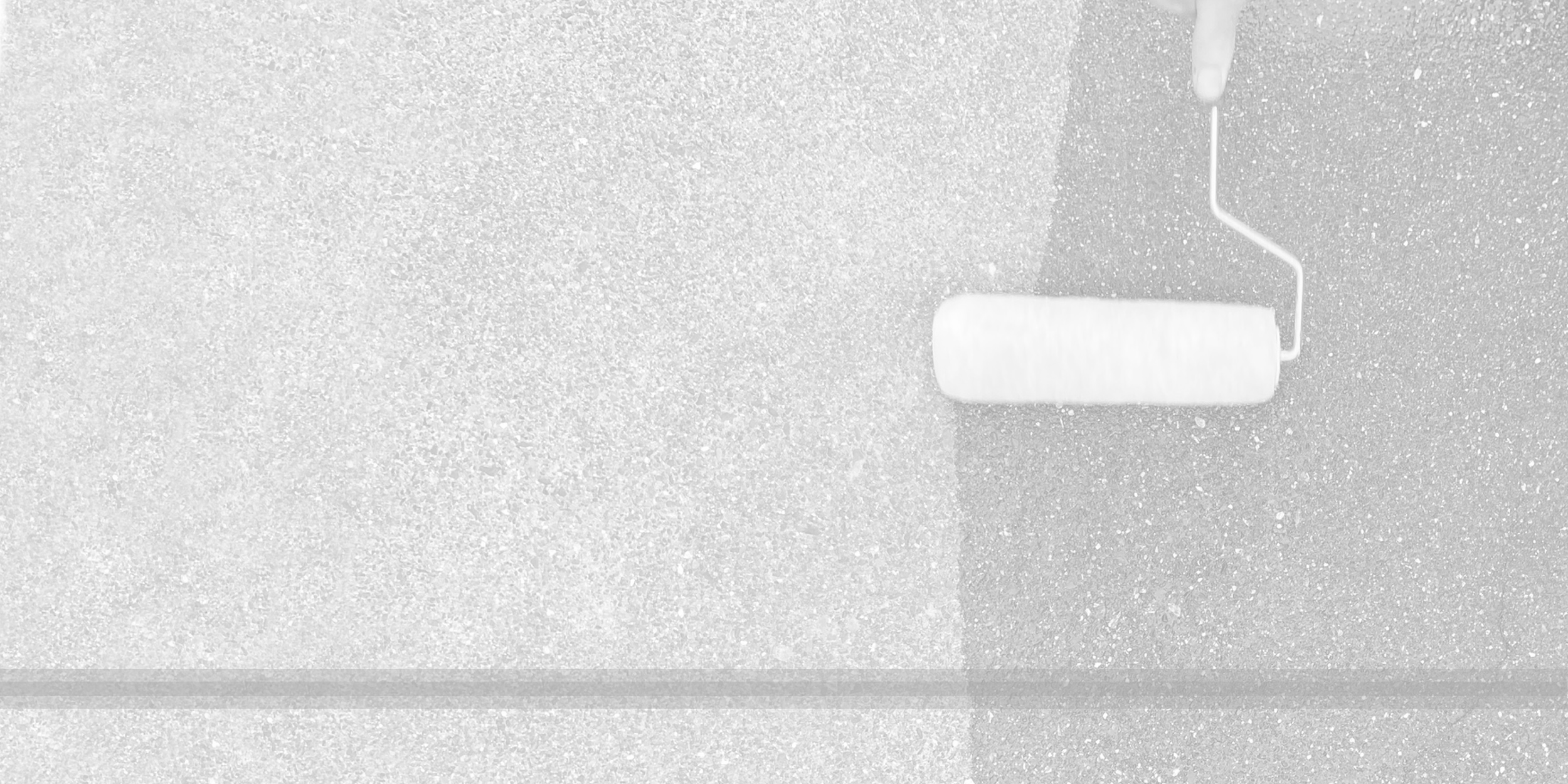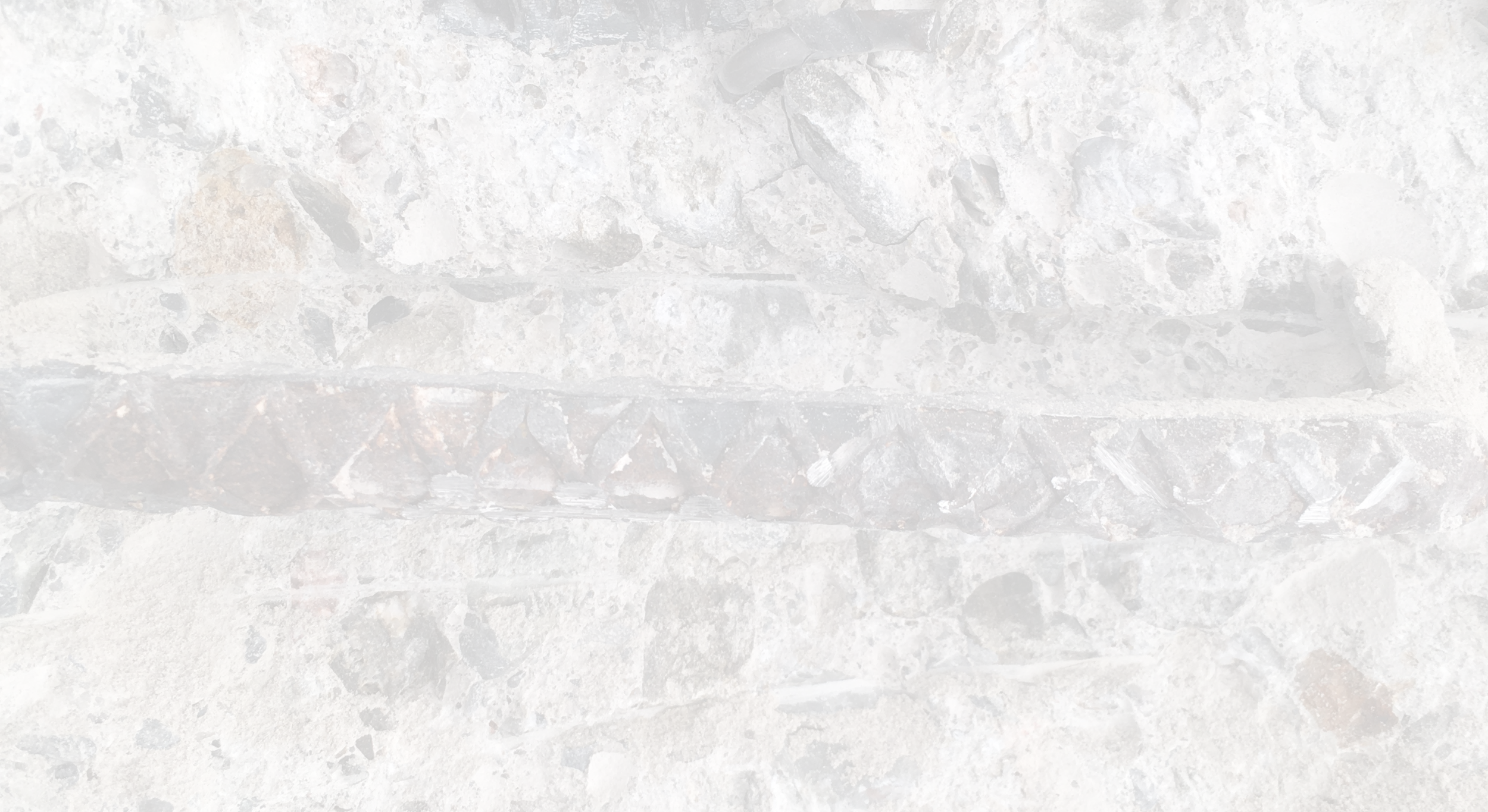
Stains & Sealers
Stains and clear sealers offer protective finishes on substrates where the goal is to achieve some protection from the elements but also allow the natural qualities of the substrate to show through.
Stains and clear sealers should be inspected every 5 years. Areas with more contact to UV rays will need replacement sooner than shaded areas.
Why Invest In Stains & Clear Sealers?
As with their opaque counterparts, stains and clear sealers offer protection and preservation of your substrate from water infiltration and UV damage and are used when you want to preserve the natural appearance of the substrate.
Natural, untreated wood needs to be protected from water penetration and eventual dry rot. Stain offers an excellent middle ground, honoring the original wood aesthetic while also providing protection from the elements.
Masonry needs protection from water infiltration, which can damage reinforcing, create spalling, or penetrate to the interior. Clear sealers offer some protection, though they need more regular application than opaque coatings.
Stains are a coating alternative for wood substrates. Stains penetrate into the wood substrate, allowing the natural grain and color variation of the wood to show through, offering a pleasing alternative to typical opaque finishes.
Because the stain penetrates into the wood, it offers excellent protection from the elements and even some protection against pests. Staining also eliminates the need for priming that acrylic paint typically requires, so choosing stain can provide some cost savings.
Clear sealers are typically used on concrete, brick, and precast surfaces. Some sealers are film-forming, and some are penetrants. Relatively thin-film, clear sealers are not intended for crack-bridging, like an elastomeric coating. When selecting a clear sealer, tests should be performed to make sure the final appearance (sheen, yellowing, or darkening of the substrate) is anticipated.
Within the clear sealer class, there are anti-graffiti coatings that are useful when properly applied and maintained. While they do require regular maintenance and replacement, clear anti-graffiti coatings provide a first line of defense for the substrate.
Here are some of our pro-tips when it comes to stains & sealers:
Stains come in water and oil bases. Oil-based stains generally have better resistance to UV rays, last longer, and do a better job of keeping water out of the substrate.
Oil-based products soak in more and penetrate deeper, lasting longer.
If applied too heavily, oil-based stains can remain "sticky" and pick up dust and debris.
Water-based stains don't last as long as oil-based stains, but they maintain a more even color as they age. It starts to lose color after a few years, but it still functions as a protectant for the wood.
Water-based stains are generally easier to wash and recoat because their color ages more evenly.
Oil-based stains darken the wood over time and discolor unevenly based on UV exposure.
Recoating oil-stained walls is more involved because you have to use bleaches or wood brighteners to even the surface color again.
Clear sealers can be either film-forming, resting on the surface, or piercing into the substrate. Consider the finished look and any possible substrate discoloration before deciding which clear sealer is best for your project.
Clear sealers don’t have enough body to bridge cracks or gaps in the substrate and shouldn’t be considered a waterproof substitute for caulking or an elastomeric coating.

Types of Buildings We Work On
SUCCESS STORIES
We don’t work without our amazing clients!
Services
-
These come in a variety of opacity levels (you can mix to get the desired levels), and they provide the color finish over wood substrates.
-
These are (typically) clear finishes applied over stains or the natural wood substrate. Stains and lacquers can also be tinted.
-
There are two types of stains we apply: water-based stains apply more evenly, while oil-based stains tend to last longer.
-
These provide some measure of waterproofing for the substrate, whether wood or concrete. Some are film-forming, and others are penetrating.
-
By applying bleaches or brighteners, uneven coloring of the wood substrate, typically shingles, can be remedied to provide a more even field for the application of a new semi-transparent stain or clear finish.











